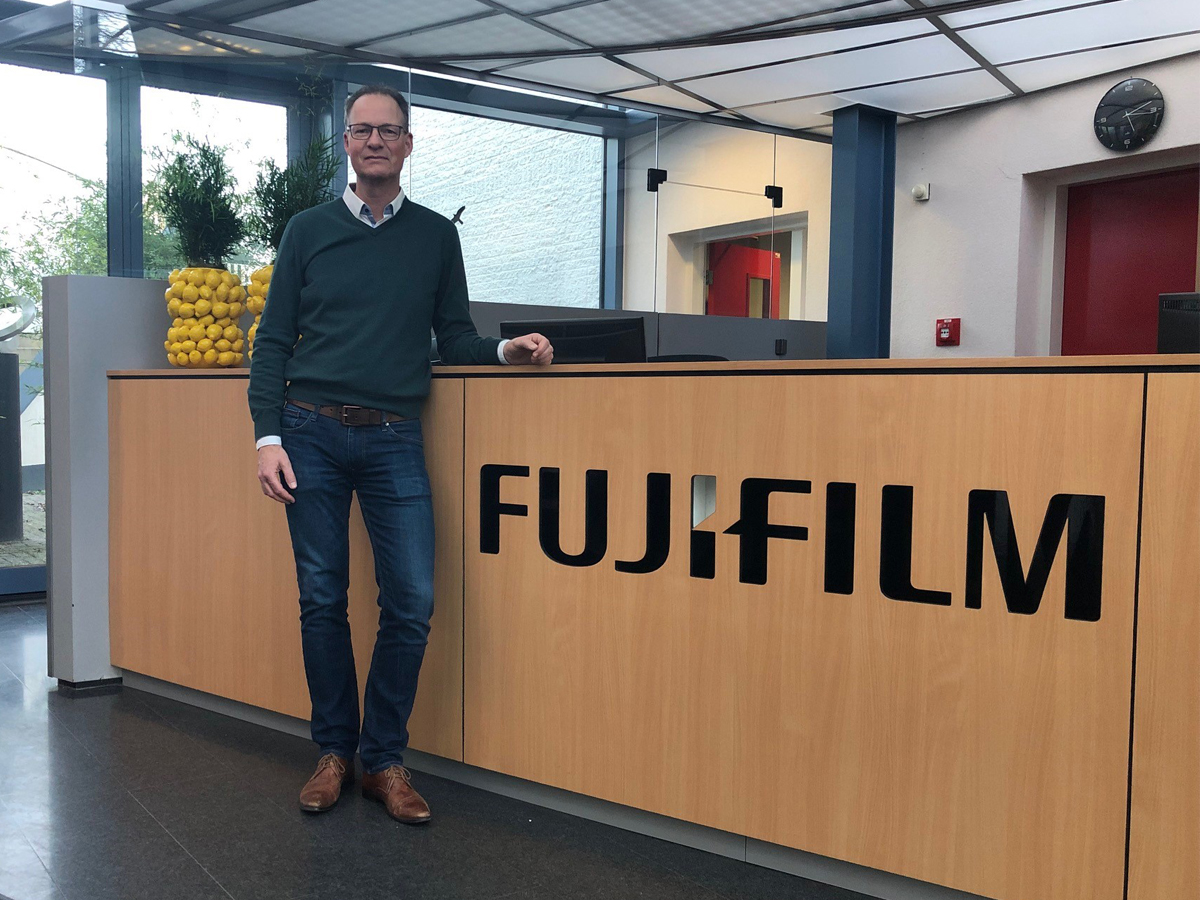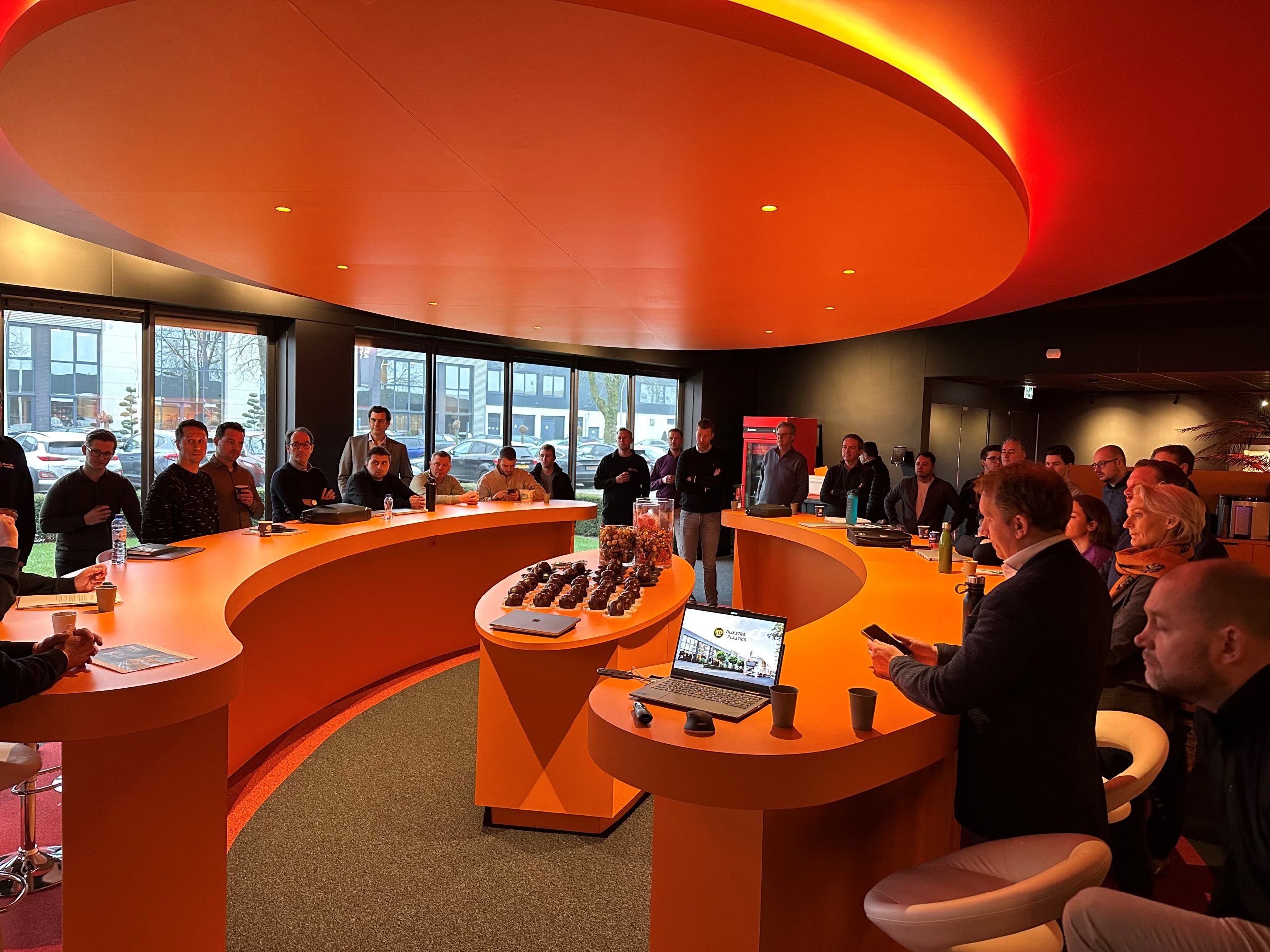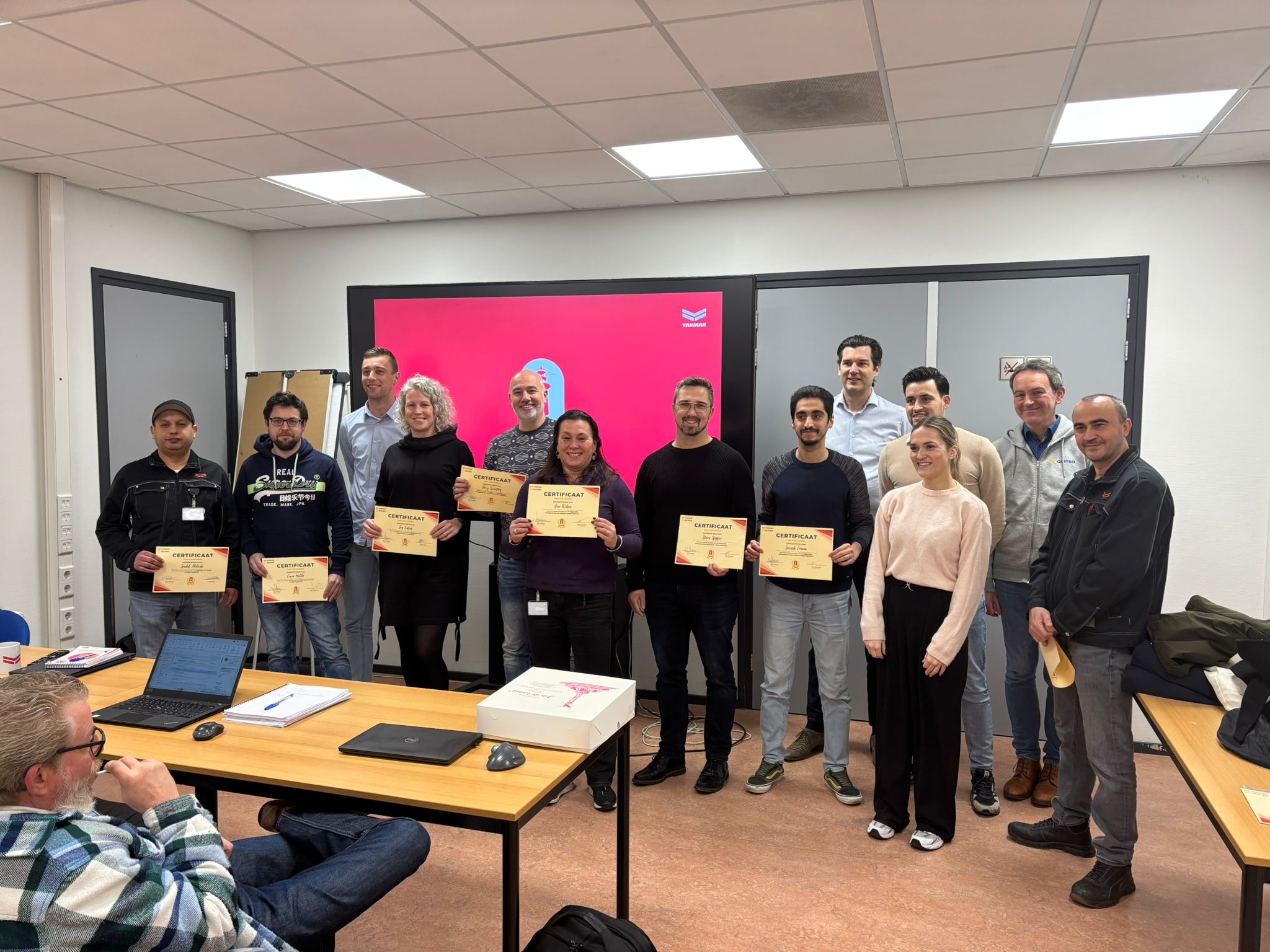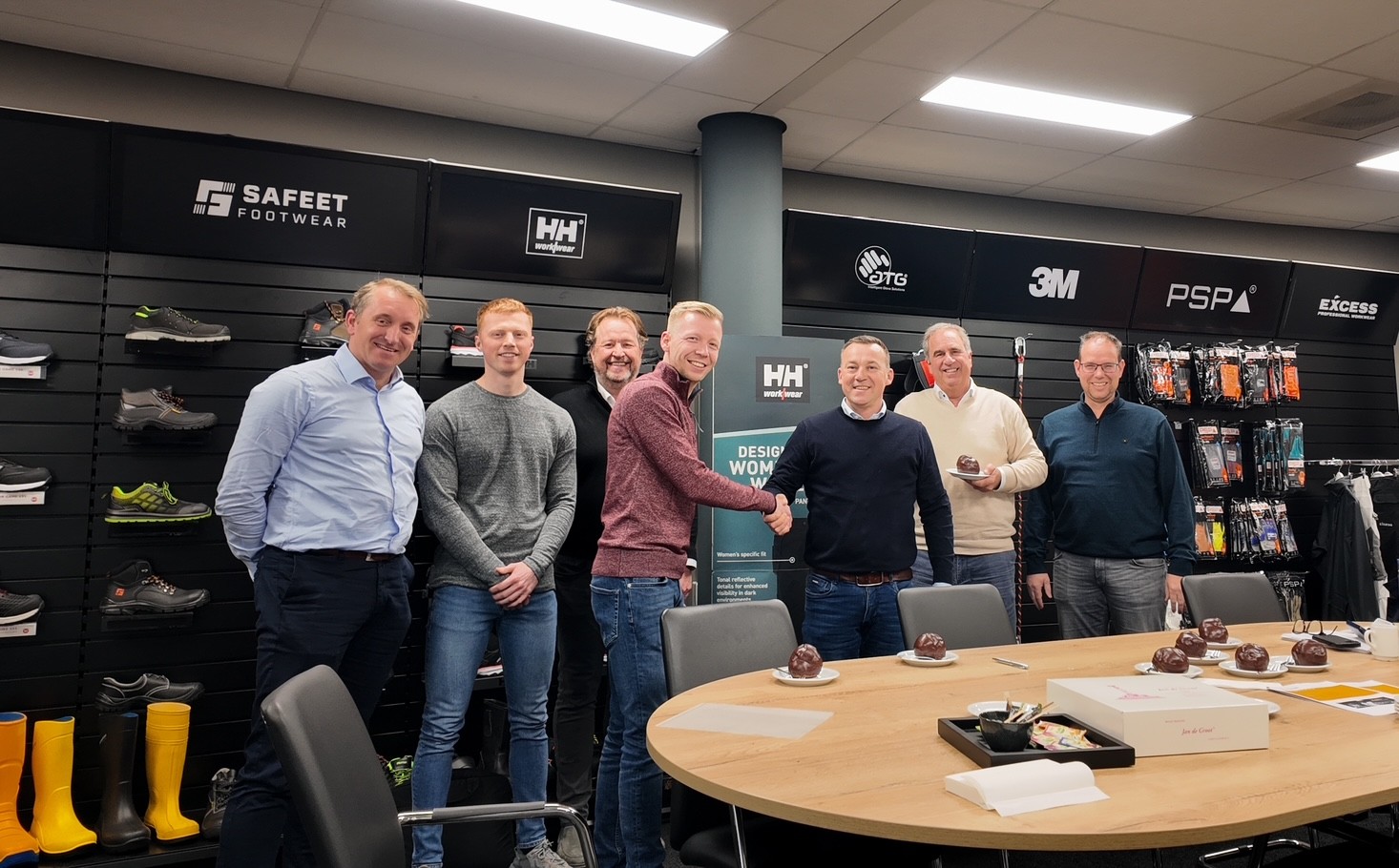 Fujifilm was one of the first manufacturing companies in the Netherlands to start implementing S/4HANA. Joris Sikking is closely involved in that first S/4HANA implementation. How does such a process take place? And what are the first lessons learned? In this blog, Joris shares three golden tips that consultants and organizations looking to transition to S/4HANA can benefit from.
Fujifilm was one of the first manufacturing companies in the Netherlands to start implementing S/4HANA. Joris Sikking is closely involved in that first S/4HANA implementation. How does such a process take place? And what are the first lessons learned? In this blog, Joris shares three golden tips that consultants and organizations looking to transition to S/4HANA can benefit from.
By Joris Sikking
You undoubtedly remember Japan’s Fujifilm from its photo rolls and cameras. Today, the Tilburg location is an important European manufacturing base for the production of photographic paper and offset plates. Fujifilm’s business system needed an update after 20 years. Rather than patching up the existing system, Fujifilm decided on a full migration to S/4HANA. It became a true green field implementation; nothing from the old system went with it. This made Fujifilm one of the first companies in the Netherlands to implement S/4HANA from scratch.
The Tilburg production facility had to make a big move. From an outdated system with a relatively large amount of customization, Fujifilm switched to state-of-the-art software. Standard where it could be done, customization where it really couldn’t be done any other way.
SAP Activate
The implementation of S/4HANA is done in a very straightforward way. The approach we use is called SAP Activate. When you work according to that methodology, you first install S/4HANA. Once the basics are in place, install the best-practices. These are international, proven successful processes that come standard with the software. As a rule, you can cover almost all of an organization’s processes with these ingrained best practices.
Then you start looking at those best practices with the client. You determine together what processes are needed and what the customer must do to use such a best practice. I find it a very pleasant approach, especially because you don’t start with a blank sheet of paper, but with a brand new environment that is already almost ready to use. Then the organization forms to the system.
This development shifts the role of the consultant from IT to the business. Consultants are increasingly adding value on the business side. We help our clients turn their processes around and stay within best practices so they can work well with them.
Fifty processes in S/4HANA
At Fujifilm, we set up a sandbox system in which we activated all 150 best practices for completeness. The preparation phase showed that we would need 56 processes to completely cover Fuji’s core processes. All those 56 processes we discussed extensively with key users and process owners during at least 20 different workshops. With some teams, we met as many as five to eight times.
Together you go through a set number of steps. You use the first workshops to understand the customer’s processes. Next, you will demonstrate best practices. Then you reconvene to discuss the match. Does the best practice fit? What is still missing? What else can we adjust? And what do we need to adjust within the organization to make the best practice work? This approach ensures that the end result is truly based on the needs of the business and is supported by the people who have to work with the system.
We ended up setting up 50 processes in S/4HANA. Fujifilm, on their side, provided the necessary organizational changes. Except for one process, Fujifilm now uses standard best practices for all but one. For the one process that is not in S/4HANA, the company does use standard SAP Integrated Business Planning.
Getting started with S/4HANA? Then these are three useful lessons!
The implementation at Fujifilm was (and still is) incredibly educational. Looking back on the first phase, three key learning points stand out. I’d like to share those with you.
Lesson 1 – Use eighty percent of your time for the twenty percent that is non-standard
When you read the above story, you quickly think that the standard is sacred. Yet not everything can be covered by best practices. Feel free to assume the eighty/twenty rule. As a rule, roughly twenty percent of the processes at larger manufacturing companies are not covered by standard best practices. Usually, these are exactly the unique processes that set the company apart.
You gain a lot of time by employing best practices. With those accelerators, make sure you smoothly eliminate what is already done. Then use the time you gain to set up the processes that are outside the standard very well. Take the time to really think out the solution.
Lesson 2 – SAP past knowledge does not guarantee future success
S/4HANA is forward-looking. The solution is totally ready for things like IoT, cloud and big data. With that, this platform is very different from anything you have now. That’s not a bad thing, as long as you take that into account. With SAP knowledge from yesterday, you don’t just set up S/4HANA. You really need different people and different technical baggage. People with knowledge of networking, the Internet, IoT, big data, security and Internet connectivity. They need to be able to deal with tools like SAP Web Dispatcher and with new tools to link front-end and back-end.
Knowledge now ages very quickly. Therefore, consultants with 20, 30 years of SAP experience, are not an unqualified guarantee of success. It used to be enough to keep up with what was new. Now things are also disappearing or changing all the time. Functionality that you always used before is no longer there. Professionals have to spend a lot of time keeping up with those changes. That requires something of you as a professional.
You have to be constantly sharp on SAP’s Simplification List. Advice based on “old knowledge” can lead to surprises. That’s why we pay a lot of attention to this at Quinso. During our internal S/4HANA days, we go through cases and share our knowledge. That’s great learning and very important.
They also speak highly of the combination of S/4HANA and Fiori. Powerful software combined with a beautiful, easy-to-use interface that works out of the box. It is a story that SAP loves to tell. And that story is also true. However, keep in mind that your SAP environment will become not only prettier and faster, but also a lot more technical. Pay attention to that. Build in sufficient time to acquire knowledge. Engage the right IT people in your organization, or retrain them. And take the time to gather the right people and partners around you.
Lesson 3 – Change takes time
I find that customers sometimes think too lightly of the changes involved in choosing S/4HANA. It’s a big step for both IT and the business. Everyone starts working with Fiori and with best practices overnight.
Some people have been working in the same system for 20 years. Imagining yourself a different way of working is very difficult. Therefore, you really have to give people time. Discuss the new processes with them. Show them what it will look like. Get them to picture the new situation. Include them in the change.
Also, take your time with Fiori. SAP is selling Fiori as if it were as easy and user-friendly as Apple. It is true that the new user interface is a step forward from the old situation. It looks great and the training time has been significantly reduced by Fiori. All by itself, of course, it does not. Keep in mind that users also need some time to learn these screens. So build in enough time for that.
You see: against speed, ease of use and innovation are investments in knowledge, people and the change process. Want to spar about that? Or are you just curious what S/4HANA can do for your organization? The expertise Quinso has accumulated with clients such as Fujifilm means that we are uniquely capable of answering all your pressing questions. Please feel free to contact me!



